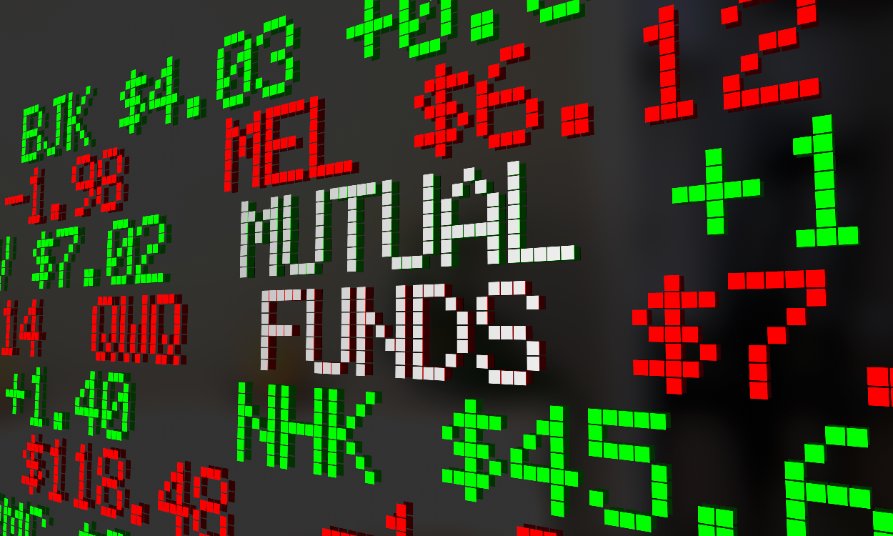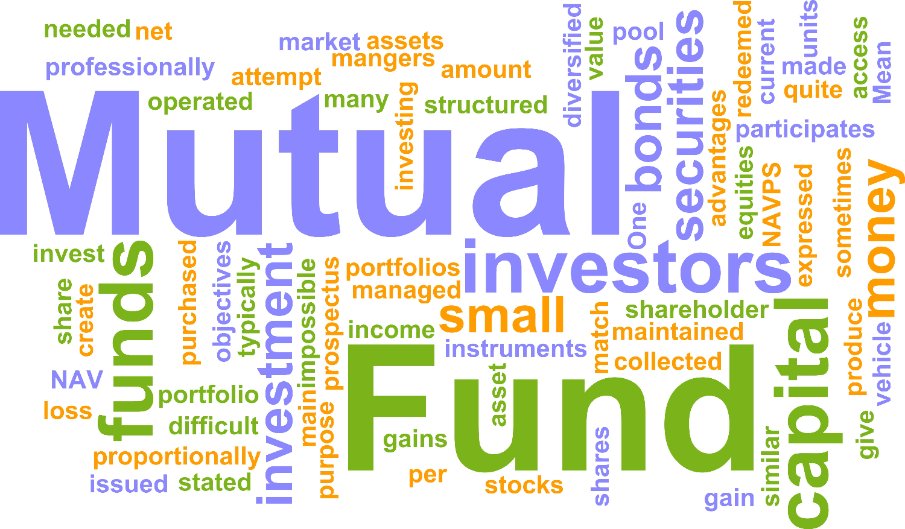DIH’s Mutual Funds Data.
Overview: DIH provides comprehensive mutual funds data with NAV, reference data, corporate actions, and dividends. All the data is sourced from the mutual fund company and/or exchange.
Coverage: We currently offer data for over 31,000 mutual funds, 18,000 unit investment trusts (UITs), and 200 interval funds in the USA.
History: Our data includes history based on your portfolio.
Updates: We update our mutual funds data at the end of the day.
Delivery: You can receive our data in bulk files via download, S3 to S3, or on-demand via API.
Pricing: Several inputs go into the pricing for our data. For example, do want data for all available instruments, or a subset? How much history do you want? Do you want updates going forward? Contact us to learn more.
Why Firms Choose DIH’s Data.
There are several reasons market participants rely upon our mutual funds data:
- Quality – A team of data experts meticulously checks and reviews our data to ensure it is complete, timely, and accurate – reducing your operational risk.
- Coverage – We currently offer data for over 31,000 mutual funds, 18,000 unit investment trusts (UITs), and 200 interval funds in the USA.
- Affordability & Flexible License Terms – We price our data to fit within your budget. Also you may display and/or redistribute our mutual funds data to your clients.

An Overview of Mutual Funds Data.
Before we get into the details of how our data is created, a quick review of mutual funds may be helpful.
WHAT IS A MUTUAL FUND?
A mutual fund is a financial instrument that pools capital from shareholders to invest in stocks, bonds, money market instruments, and other assets. Mutual funds can be divided into several categories, based upon the kinds of securities they invest in, their investment objectives, and the type of returns they seek.
The fund is operated by a manager (aka “fund manager” or “investment adviser”) who allocates its assets based on its stated investment objectives. He/she is legally obligated to work in the best interest of the mutual fund’s shareholders. The fund and its manager charge annual fees, expense ratios, or commissions for their efforts. These fees affect the fund’s overall returns.
The fund’s performance is typically tracked as the change in its total market capital based on the aggregated results of its underlying investments. Each shareholder in the mutual fund participates proportionally in the gains or losses of the fund.
TYPES OF MUTUAL FUNDS.
Most mutual funds fall into the following categories:
Stock Funds
- Invest mostly in equities (e.g. stocks)
- Often sub-categorized for the size of the companies they invest in (small-, mid-, or large-cap), their investment approach (aggressive growth, income-oriented, value, blended, etc.), and whether they invest in domestic or foreign equities.
- Another way equity funds are classified is based on both the size of the companies, their market caps, and the growth prospects of their invested equities.
Bond Funds
- Invest mostly in fixed income (e.g. government bonds, corporate bonds, etc.)
- Generate interest income for their shareholders.
- Often actively managed and try to buy undervalued bonds and then sell them for a profit.
- Since they invest in fixed income securities, bond funds are susceptible to interest rate risk.
Index Funds
- Invest in stocks that are members of a market index (e.g. S&P 500)
- Their overall investment goal is to mimic the performance of the underlying index
- Often referred to as “passive” because their strategies require less research by the fund management team, such funds incur fewer expenses.
Balanced Funds
- Invest in a myriad of asset classes, including equities, fixed income, alternative investments, etc.
- Often referred to as “asset allocation funds” their overall goal is to reduce the risk of exposure across asset classes
- Such funds can have a specific allocation strategy for a more predictable risk exposure, while others may adjust their allocation based on the investor’s objectives
Money Market Funds
- Invest in risk-free debt instruments with short-term maturities (e.g. US Treasury Bills) to provide safety
- Overall goal is not to deliver substantial returns, but rather protect the investor’s principal
Income Funds
- Invest in government and high-quality corporate debt
- Overall strategy is to provide steady income to the investor, so such funds typically hold their bonds to maturity
- Are a popular with conservative investors and retirees
International / Global Funds
- International (aka “foreign”) funds invest only in assets outside of the investor’s home country
- Global funds invest in assets anywhere in the world
- Can be attractive to investors because their returns are often uncorrelated with returns from investments in the investor’s home country
- Their risk exposure and volatility are linked to the economies and political risks in the countries they invest
Specialty Funds
- Include several sub-categories of funds, including sector, regional, socially responsible, etc.
- Sector funds invests in particular sectors in an economy (e.g. technology, healthcare, energy, etc.)
- Often sector funds are volatile because the stocks in a particular sector can be very correlated
- Regional funds invest based on geography (e.g. a country or region of the world)
- Socially responsible, or “ethical”, funds only invest in companies or industries that meet their guidelines and beliefs (e.g. they might avoid “sin” industries like tobacco, alcohol, weapons, nuclear energy – or conversely focus on green technologies like wind and solar power)
MUTUAL FUNDS VS EXCHANGE TRADED FUNDS.
Mutual funds are often compared to Exchange-Traded Funds (ETFs), for which DIH offers a great deal of data, including level 3 depth of book data, closing prices, and reference data. Although similar in many ways, they are different.
Some characteristics of ETFs:
- Structured as investment trusts so its share price will reflect market sentiment, rather than simply the value of the fund’s assets less fees as with a mutual fund
- Trade on exchanges and can be bought and sold throughout the trading day (unlike mutual funds)
- May be sold short (unlike mutual funds)
- May be bought on margin (unlike mutual funds)
- Often have lower management fees than mutual funds
- Options are often traded on ETFs (unlike mutual funds)
- Have tax advantages versus mutual funds
MUTUAL FUND FEES.
Mutual fund companies and their fund managers make money by charging fees, including:
- Annual Fund Operating Fee – an annual percentage of the funds under management, usually ranging from 1–3%, known as the expense ratio, which includes the advisory or management fee and its administrative costs.
- Shareholder Fee – includes sales charges and commissions (aka “the load”), and redemption fees, which are paid directly by investors when purchasing or selling the funds.
The “load” can be charged in several ways. If the fees are assessed when the mutual fund shares are bought, that is referred to as a “front-end load”. If they are assessed when the shares are sold, that is a “back-end load”. Finally, a “no-load” mutual fund doesn’t carry any sales charges or commissions because they are distributed directly by its investment company rather than through another party.
PRICING MUTUAL FUNDS.
Investing in mutual funds is different than other securities, like stocks. When you buy a unit or share of a mutual fund you are buying a portion of the performance of the mutual fund’s portfolio. So the value of a unit or share of a mutual fund is determined by the performance of the assets in which the mutual fund invests.
The price per share for a mutual fund is called its Net Asset Value (NAV). The NAV is calculated by dividing the total value of the assets in the fund’s portfolio by the total amount of shares outstanding. The shares outstanding include all shares held by investors, company officers, and insiders.
Shares in a mutual fund are purchased or redeemed at the current NAV. The NAV does not fluctuate during normal trading hours. It is settled at the end of each trading day after the close. Once this is done the price of the mutual fund is updated.
Another difference between owning shares in a mutual fund versus a stock is holders of mutual funds shares do NOT have any voting rights.
CALCULATING MUTUAL FUNDS RETURNS.
Returns from mutual funds are usually earned on a quarterly or annual basis in three (3) ways:
- Income is earned from dividends on stocks and interest on bonds held in the fund’s portfolio. The fund distributes this income, less fees, to the fund owners. Most funds give their investors the choice to either receive a check or to reinvest the earnings to purchase additional shares of the mutual fund.
- A mutual fund can realize capital gains when it sells securities that have increased in price. These gains are usually passed on to the fund’s investors.
- Investors can also earn returns by selling their shares in the mutual funds for a profit in the market, assuming the fund’s shares have increased in price.
A mutual fund’s total return includes any interest, dividends, or capital gains the fund generated as well as the change in its market value over some time. Investors will often look at a mutual fund’s total returns for 1-, 5-, and 10-year periods as well as since the day the fund opened (aka “inception date”).
Who Can Benefit from DIH’s Mutual Funds Data?
Our mutual funds data is invaluable to anyone who invests in mutual funds directly, or facilitates such investment by their clients. We see a wide range of market participants using our data, including:
- Brokerage Firms
- Asset Managers
- Fund Managers
- High Net Worth Individuals
- FinTech Companies (e.g. trading platforms, research companies, etc.)
How To Use Our Mutual Funds Data.
Our clients utilize our mutual funds data in various ways, especially for:
- Research
- Risk Management
- Compliance
Flexible Updates & Data Delivery Methods.
Our mutual funds data is available on an end-of-day basis.
You may customize our data to best suit your needs. For example, request data on all available instruments or provide a custom list.
We offer several ways to access our mutual funds data:
Bulk File Download – For most of our clients, downloading our data in bulk files is most convenient. We deliver files in .CSV format via download or S3 to S3.
API – Some use cases are better suited for on-demand delivery of data via an API.

